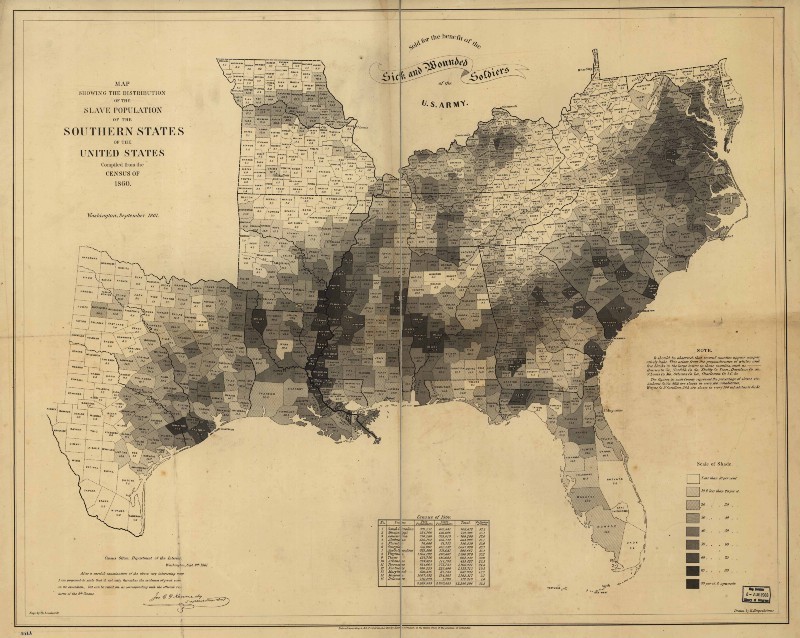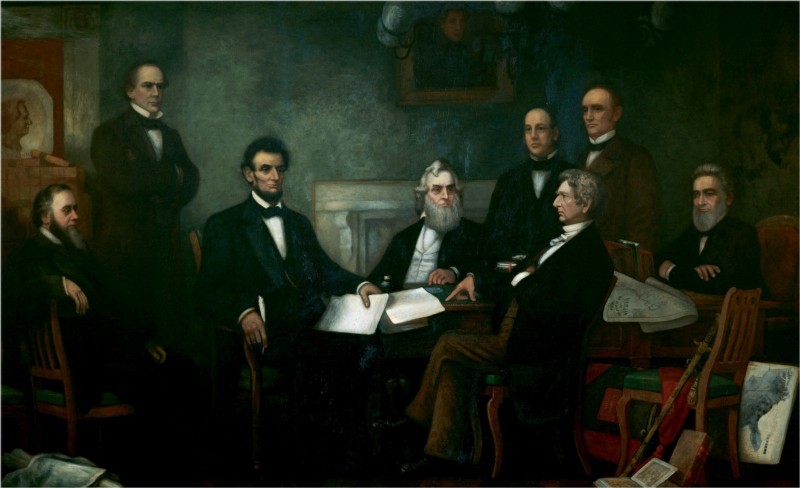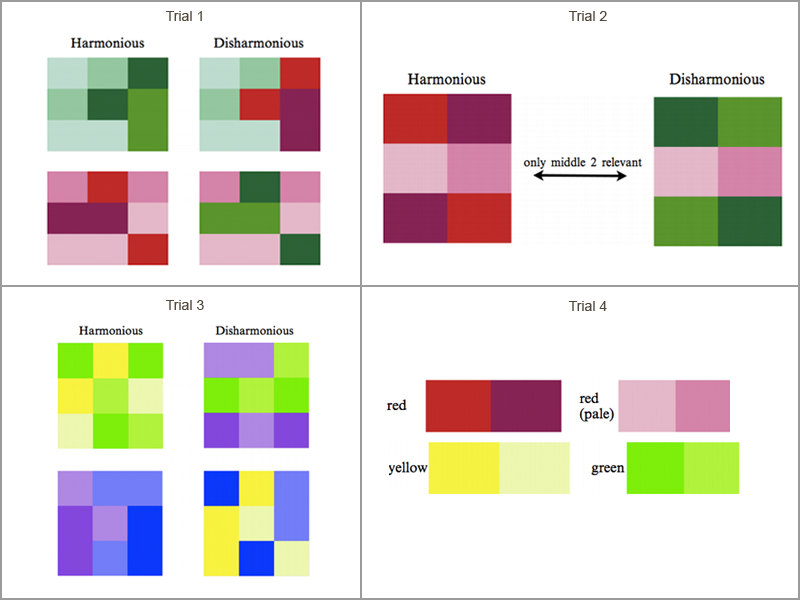Abraham Lincoln's favorite infographics and the five characteristic qualities of the most memorable images
- Transfer

How much easier is it to remember visual graphic materials compared to text?
You can often hear that visual images are remembered six times better than text. This statement was published on blog.bufferapp.com in an article describing the structure of an ideal blog post, and has caused heated debate. After reading this study ★ it becomes clear that the pictures are remembered better than words. Therefore, below is an analysis of what makes visualization memorable . We hope this helps you choose the best image to solve a variety of problems.
Further reflections lead to another question:
Images are remembered better than text, and which images are we talking about?
Having spent some time collecting the best research papers related to images, infographics, etc., we are pleased to present you the search results, as well as some specific examples of using this knowledge in the field of marketing!
Brief statistics reflecting the power of visual images
The fact that pictures are remembered better than text is a completely confirmed fact, although the values of how many times vary from two to six times. Checking this data, you can find many interesting facts. Here are some figures for which evidence was found:
• Back in 1894, researchers found that pictures are easier to remember than text. After some time, this discovery was called the effect of superior images.
• 65% of the inhabitants of our planet are visuals. That is, imagery helps these people better understand and remember information.
• According to scholar Alan F. Blackwell, one image replaces approximately 84.1 words. In his study, participants in the experiment created graphic materials, and then described them in words. On average, they needed 84.1 words to describe a single image.
It turns out that 1000 words cannot be replaced with one picture, although the result of 84 words is very impressive. This means that your brain will need to process and remember less information.
It is difficult to determine exactly how much easier it is to remember visual graphic materials in comparison with textual materials, however, we can say with certainty that illustrations greatly facilitate the work of memory. Let's look at what makes an image memorable, and how you can use it to your advantage.
Why the illustrations are remembered better than the words
American President Abraham Lincoln, who went down in history, thanks to his expressive speeches, as you know, was especially fixated on one image.
We are talking about the map of the Southern states created in 1861, on which the number of slave owners in different regions of the country was shown in shades of black, gray and white.

This map was so important for Lincoln that it even got into the portrait of Francis Bicknell Carpenter, which depicts the president and his cabinet members (the map is visible in the lower right part of the canvas).
Thanks to her, Lincoln had a clear idea of which of the states would want to secede, and which could be persuaded to remain part of the Union. This map is one of the earliest examples of infographics.

Currently, visuals do the same for us as they did for Lincoln in those days: they help us quickly process complex information.
According to the Oxford Handbook of Cognitive Psychology, approximately half of our brain processes visual information. This explains the human ability to decode images so quickly.
The facts show that approximately 80% of what has been seen or done is stored in a person’s memory , but only 30% of what is read and 10% of what is heard .
All of the above confirms that graphic images are perceived and remembered more easily than text, however, not all images are the same. Therefore, below is an analysis of what makes visualization memorable. We hope this helps you choose the best image.
1. Choose harmonious colors
In one study, scientists found that colors help the brain quickly process and identify objects seen. In a discussion on choosing the right color for the brand, Color Association CEO Leslie Harrington remarked:
Color is the most memorable property. It is he who we see in the first place.
It turns out that correctly selected colors increase brand awareness by 80%.

Consider pale blue symbols of Tiffany & Co . Currently, this shade is so associated with this brand that the company decided to register it as a trademark under the name Tiffany blue.
You can also give an example for sports enthusiasts - the bright orange color of the symbols of the University of Tennessee, which Pantone calls UT Orange. In both cases, color is an integral part of the brand.
Color symbols not only affect brand recognition, but are also much better stored in memory compared to black and white images. But this does not mean that you need to color everything that is possible in the brightest colors. Images are most easily remembered if they are similar to what we see in nature, so do not overdo it with neon lights.
It should also be borne in mind that, according to the National Eye Institute, about 8% of men and 0.5% of women are color blind, and it is difficult to distinguish between red and green. At the same time, almost all people can see the blue color , and for this reason it is ideal for hyperlinks.
When choosing a multi-color image, consider the fact discovered by professors from the University of South Florida: harmonious color combinations are better remembered than inharmonious ones. In this case, various shades of green work more effectively than a pile of pink, yellow and blue. Harmonious colors are better perceived by the brain, making the image easier to remember.
At the same time, an image consisting of seven or more colors is more likely to remain in memory than a picture with fewer shades. Various studies have shown that a surge in memorization occurs when the number of colors exceeds six. In any case, this fact should be remembered or written down in a diary.
2. The faces of people should be present on the image (the more emotions they express, the better)
Take a look at this stunning pink sunset below. Most likely, you will forget him.

Indeed, according to studies of a person’s ability to remember images, even the most beautiful landscape shots will most likely disappear very quickly from your brain. With a much higher probability you will remember the image in the center of which there is a person, even if it will be something absolutely banal, for example, a man in the subway. Photos of people interacting with each other are even better remembered. Also, good results are shown by images focused on any one object.
However, images of people can also have different levels of memorability. In fact, the more intense the emotions expressed by a photographed person, the higher the likelihood that you will remember this. Part of the reason for this is your own emotions caused by this shot.

So when choosing images, first of all pay attention not to the most stunning ones, but to those that cause an emotional response. And also give preference to emotional facial expressions, as more neutral expressions are forgotten much easier. Take at least these guys in the photo above who have just won a computer game. Who will not be imbued with this feeling of crazy excitement that appears when you win something important for you?
To be continued .
The author of the translation is Vyacheslav Davidenko, founder of TESTutor .
